Top Trends in Residential Construction for 2024
Top Trends in Residential Construction for 2024
The residential construction landscape is constantly evolving, shaped by advancements in technology, environmental concerns, and changing consumer preferences. As we move into 2024, several key trends are expected to shape the future of home building. From smart homes to sustainable design, these trends reflect a shift towards efficiency, comfort, and innovation. Here’s a look at the top trends in residential construction for 2024.
1. Sustainable and Eco-Friendly Construction
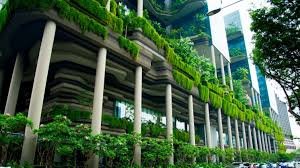
Sustainability has become a defining factor in modern construction, and this trend is only gaining momentum in 2024. Homebuyers and builders alike are more focused on eco-friendly solutions, driven by both environmental concerns and rising energy costs. Key developments include:
- Energy-Efficient Homes: Homes built with energy-saving designs, such as improved insulation, solar panels, and energy-efficient windows and doors, will become more common. Homebuilders are increasingly adopting net-zero energy construction practices, meaning homes generate as much energy as they consume.
- Sustainable Materials: There is a growing demand for sustainable and recycled materials like reclaimed wood, recycled metal, and low-VOC paints. Builders are also turning to carbon-neutral construction practices to reduce the environmental footprint of new homes.
- Water Conservation: With water scarcity becoming an issue in many regions, water-efficient systems, including low-flow fixtures and rainwater harvesting systems, are becoming standard features in new homes.
2. Smart Home Technology Integration
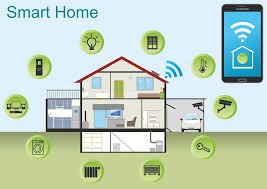
The integration of smart technology into residential construction continues to accelerate. Homebuyers are looking for homes that are not only energy-efficient but also equipped with smart features that offer convenience, security, and personalization. Popular technologies include:
- Smart HVAC Systems: Heating, ventilation, and air conditioning systems that can be controlled remotely and adjusted automatically based on the homeowner’s preferences or energy usage patterns are in high demand.
- Home Automation: From lighting systems to security cameras and door locks, home automation allows homeowners to control and monitor their homes from their smartphones or voice-activated devices.
- Smart Appliances: The rise of smart kitchens and bathrooms, equipped with connected refrigerators, ovens, showers, and toilets, will continue to transform the residential landscape in 2024. These devices not only offer convenience but also help reduce water and energy usage.
3. Modular and Prefabricated Construction
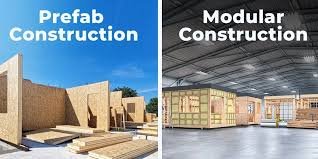
Modular and prefabricated homes have gained significant traction in recent years, and this trend is expected to expand in 2024. These homes are built off-site in a controlled environment and then assembled on-site, offering several advantages over traditional construction methods:
- Speed and Efficiency: Prefabricated homes can be constructed much faster than traditional homes, reducing labor costs and project timelines.
- Cost-Effective: Modular construction often leads to lower costs due to the streamlined production process and less material waste.
- Customization: Modern prefab homes offer a high degree of customization, allowing homeowners to select their preferred layouts, materials, and finishes.
4. Multi-Functional Spaces
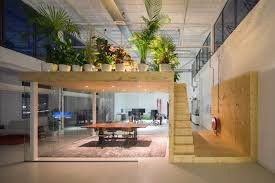
As more people work from home and prioritize versatility in their living spaces, the design of multi-functional rooms is becoming a top trend in 2024. Homeowners are seeking designs that offer flexibility and can serve various purposes:
- Home Offices: With remote work becoming a permanent fixture for many, dedicated home offices or multi-purpose rooms that can be used as offices and guest rooms are in high demand.
- Outdoor Living Spaces: The trend of expanding indoor living spaces into outdoor areas continues, with more homes featuring patios, outdoor kitchens, and gardens designed for year-round use.
- Adaptable Rooms: Homeowners are looking for rooms that can evolve with their needs, such as converting a nursery into a home gym or a guest room into a study as life circumstances change.
5. Healthy Home Design

The COVID-19 pandemic has placed a spotlight on health and wellness, leading to a greater emphasis on healthy home design in 2024. Builders are incorporating features that promote well-being and improve indoor air quality, including:
- Improved Ventilation: Homes with enhanced ventilation systems, air purifiers, and filtration systems are becoming more popular, helping to reduce the risk of airborne illnesses and improve overall indoor air quality.
- Natural Light: Maximizing natural light through large windows, skylights, and open floor plans can improve mental health and reduce reliance on artificial lighting.
- Non-Toxic Materials: Builders are increasingly using non-toxic building materials, such as paints, adhesives, and flooring, to create healthier living environments free of harmful chemicals.
6. Aging-in-Place Design

As the population ages, more homeowners are looking for designs that allow them to live comfortably in their homes as they grow older. Aging-in-place design incorporates features that improve accessibility and safety without sacrificing style:
- Universal Design: Homes with wider doorways, zero-step entrances, and open floor plans make it easier for people of all ages and abilities to move around comfortably.
- Smart Safety Features: Motion-activated lighting, smart security systems, and home monitoring devices are being integrated into homes to ensure safety and independence for older adults.
7. Minimalist and Modern Aesthetic
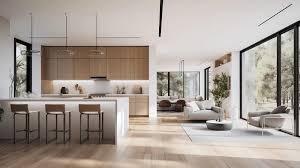
In 2024, minimalist design continues to dominate, with clean lines, open spaces, and a focus on simplicity. Homebuyers are moving away from overly ornate designs and instead gravitating toward homes that offer:
- Open Floor Plans: A focus on spacious, open layouts that allow for flexibility in how rooms are used.
- Neutral Color Palettes: Soft, neutral tones like whites, grays, and earthy hues are being paired with natural materials such as wood and stone to create a calm and modern atmosphere.
- Minimalist Landscaping: Simple, low-maintenance landscaping designs that prioritize native plants, water conservation, and eco-friendly materials are increasingly popular.
8. Tiny Homes and Accessory Dwelling Units (ADUs)
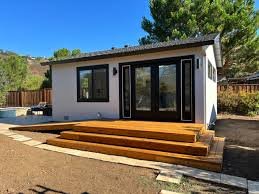
The tiny home movement continues to grow as more people embrace minimalist living. In addition, accessory dwelling units (ADUs), or small secondary homes on a property, are becoming increasingly popular as a solution to housing shortages and for multi-generational living.
- Affordable Living: Tiny homes and ADUs offer an affordable solution for those looking to downsize or add additional living space for aging parents, guests, or renters.
- Sustainable Living: These small homes are often built with sustainability in mind, using fewer materials, requiring less energy, and taking up less land than traditional homes.
Conclusion
The residential construction trends for 2024 are driven by a combination of technology, sustainability, and changing lifestyle demands. Homebuyers are looking for smart, eco-friendly, and adaptable homes that cater to their evolving needs. Builders who can embrace these trends—whether it’s by adopting sustainable practices, integrating smart home technology, or creating multi-functional spaces—will be well-positioned to succeed in the ever-changing residential construction landscape.






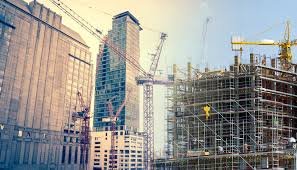
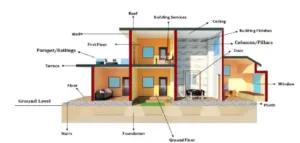



Add comment